A relative lack of airbase fortifications by the US in the Indo-Pacific region has created an imbalance that favors China, according to a report published on Tuesday last week by Washington-based think tank the Hudson Institute.
If the US does not invest resources in hardening its airfields, it would struggle to respond to a potential conflict in the Taiwan Strait, according to the report “Concrete Sky: Air Base Hardening in the Western Pacific,” written by Thomas Shugart and Timothy Walton.
Since the early 2010s, China’s People’s Liberation Army (PLA) has more than doubled its aircraft shelters, allowing it to hide the “vast majority” of its combat aircraft, the report said.
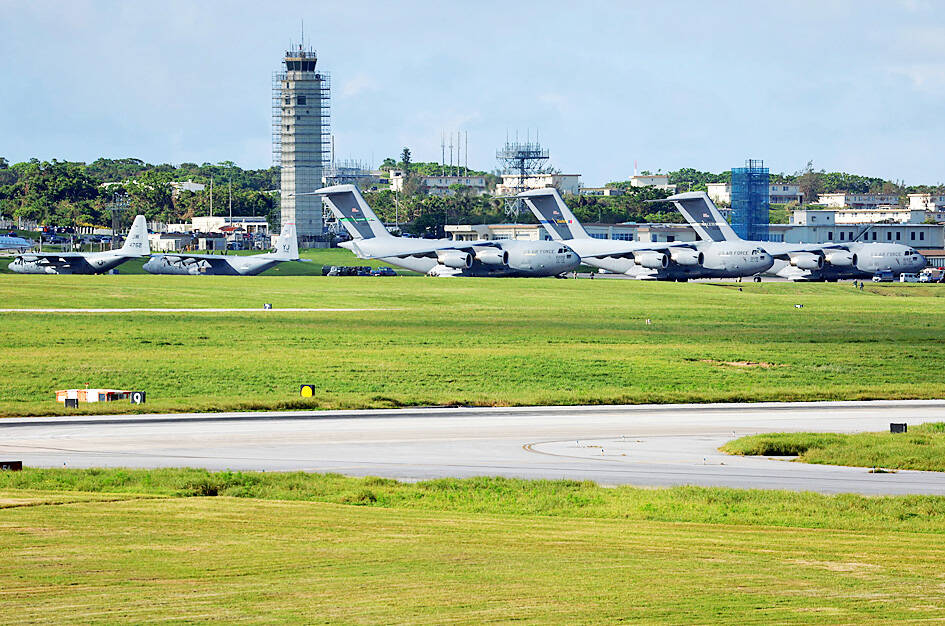
Photo: Reuters
Not only does the PLA have more than 3,000 aircraft shelters, but it has increased its nationwide ramp area by almost 75 percent, it said.
US efforts to expand aircraft shelters and ramp areas have been comparatively modest, the report said.
“Combined US, allied and partner military airfield capacity within 1,000 nautical miles [1,852km] of the Taiwan Strait is roughly one-third of PRC’s [People’s Republic of China],” it said.
This imbalance in airbase infrastructure means China would require much fewer munitions to neutralize US, allied and partner airfields than the converse, the report said.
The imbalance is approximately 25 percent if the US utilizes airfields in Japan, the Philippines, South Korea and Taiwan, and as high as 88 percent if only airfields in Japan are used, it said.
Although the US has adopted the “Agile Combat Employment” strategy to disperse air force operations, much more is needed to ensure the safety of its aircraft in the face of modern precision missile threats, the report said.
The report outlines three specific initiatives the US should pursue to regain its advantage.
First, the US should continue to improve its offensive ability to encourage China to continue allocating funds to defensive measures, the report said.
Second, the US should comprehensively harden airfield infrastructure through a multi-year campaign, building more aircraft shelters and expanding airfields, it said.
Third, the US should evolve its air force to include more long-range and endurance aircraft that can “spend more time in the air rather than on the ramp — where they are easier targets,” it said.
However, improving airfield resilience is still essential, as the US “cannot hope future military forces will address its current airfield weaknesses,” it added.
The report also recommends shifting resources from ground forces to air defense artillery, with the army potentially providing air defenses to the air force and navy.
The US should act immediately to allocate the appropriate military forces and harden its infrastructure, otherwise it would be at a disadvantage in future conflicts, the report said.
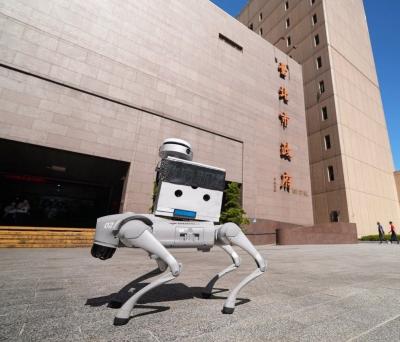
The inspection equipment and data transmission system for new robotic dogs that Taipei is planning to use for sidewalk patrols were developed by a Taiwanese company, the city’s New Construction Office said today, dismissing concerns that the China-made robots could pose a security risk. The city is bringing in smart robotic dogs to help with sidewalk inspections, Taipei Deputy Mayor Lee Ssu-chuan (李四川) said on Facebook. Equipped with a panoramic surveillance system, the robots would be able to automatically flag problems and easily navigate narrow sidewalks, making inspections faster and more accurate, Lee said. By collecting more accurate data, they would help Taipei
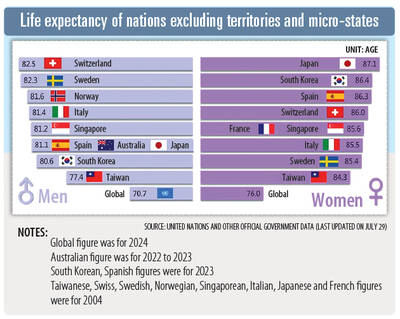
STATS: Taiwan’s average life expectancy of 80.77 years was lower than that of Japan, Singapore and South Korea, but higher than in China, Malaysia and Indonesia Taiwan’s average life expectancy last year increased to 80.77 years, but was still not back to its pre-COVID-19 pandemic peak of 81.32 years in 2020, the Ministry of the Interior said yesterday. The average life expectancy last year increased the 0.54 years from 2023, the ministry said in a statement. For men and women, the average life expectancy last year was 77.42 years and 84.30 years respectively, up 0.48 years and 0.56 years from the previous year. Taiwan’s average life expectancy peaked at 81.32 years in 2020, as the nation was relatively unaffected by the pandemic that year. The metric
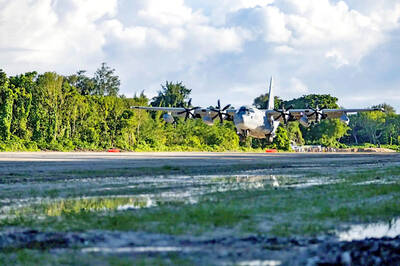
TAKING STOCK: The USMC is rebuilding a once-abandoned airfield in Palau to support large-scale ground operations as China’s missile range grows, Naval News reported The US Marine Corps (USMC) is considering new sites for stockpiling equipment in the West Pacific to harden military supply chains and enhance mobility across the Indo-Pacific region, US-based Naval News reported on Saturday. The proposed sites in Palau — one of Taiwan’s diplomatic allies — and Australia would enable a “rapid standup of stored equipment within a year” of the program’s approval, the report said, citing documents published by the USMC last month. In Palau, the service is rebuilding a formerly abandoned World War II-era airfield and establishing ancillary structures to support large-scale ground operations “as China’s missile range and magazine
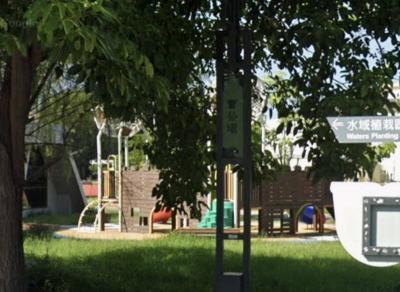
A 72-year-old man in Kaohsiung was sentenced to 40 days in jail after he was found having sex with a 67-year-old woman under a slide in a public park on Sunday afternoon. At 3pm on Sunday, a mother surnamed Liang (梁) was with her child at a neighborhood park when they found the man, surnamed Tsai (蔡), and woman, surnamed Huang (黃), underneath the slide. Liang took her child away from the scene, took photographs of the two and called the police, who arrived and arrested the couple. During questioning, Tsai told police that he had met Huang that day and offered to